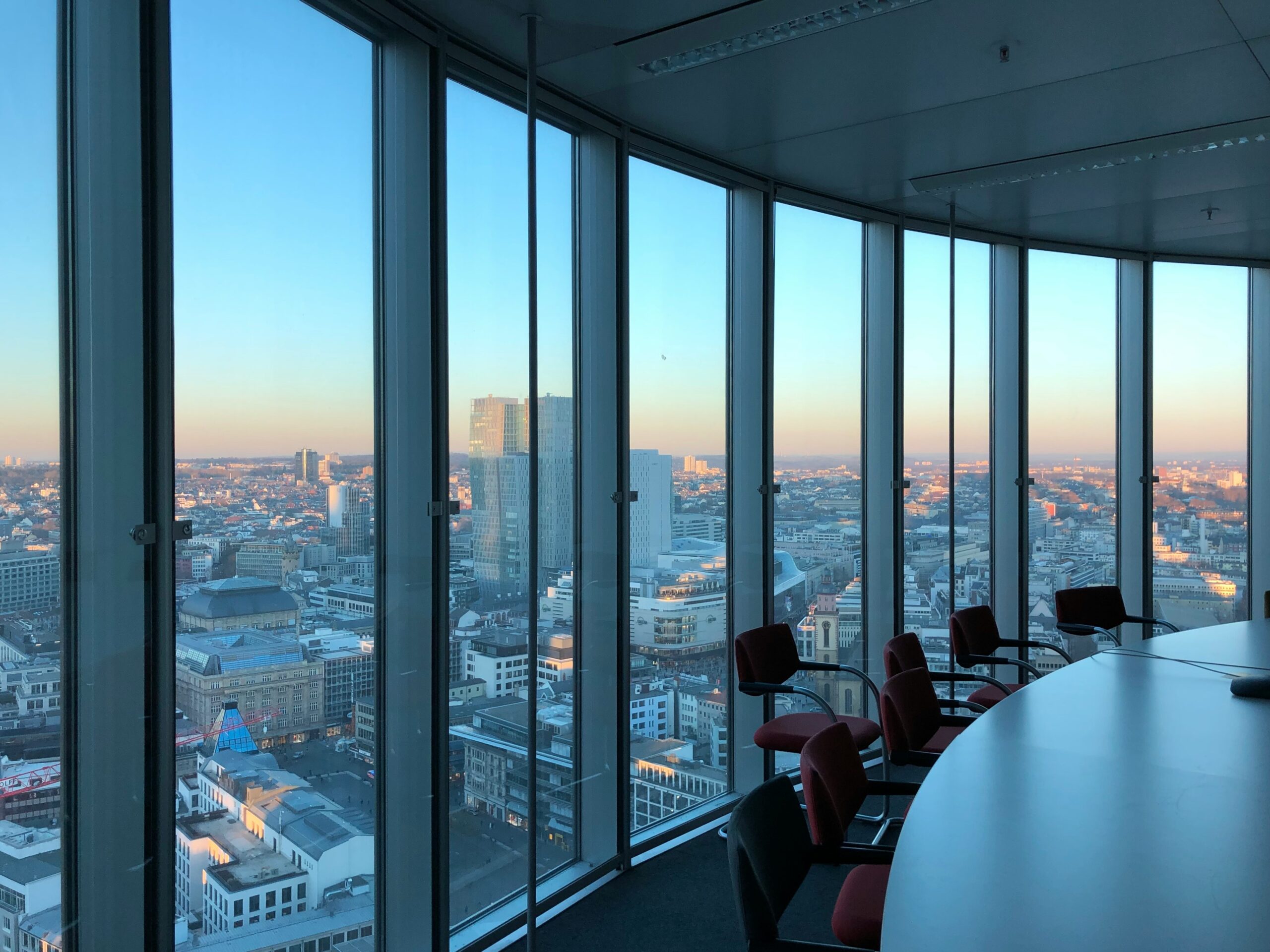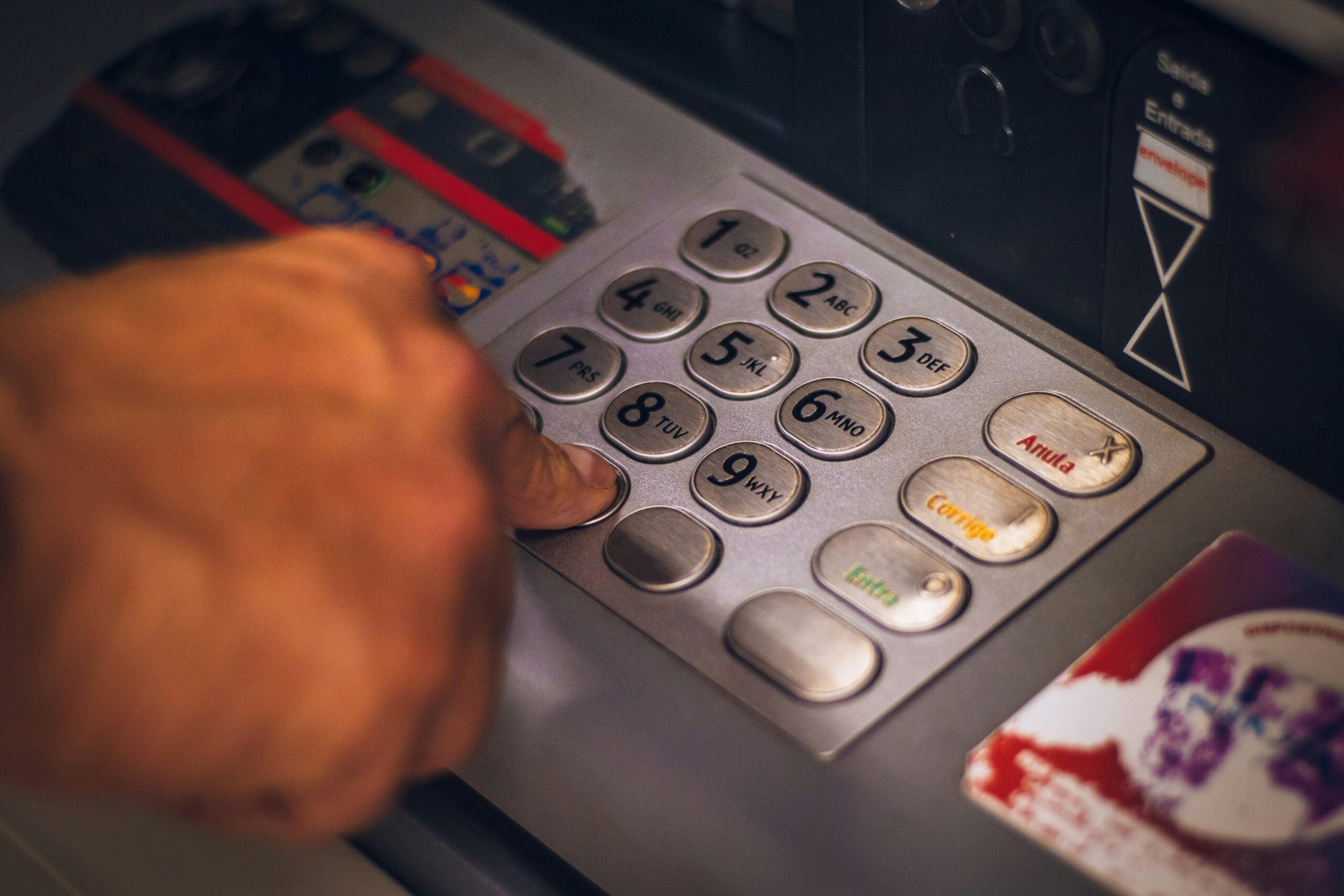 Markets have always gone wild over the 'next big thing'...
Markets have always gone wild over the 'next big thing'...
From railroads in the 1800s to the dot-com boom of the late 1990s... the 2021 electric-vehicle frenzy to AI in 2024... the pattern repeats time after time.
A transformational innovation triggers a surge in investment and speculation – creating what many call a "bubble."
Each of these episodes has drawn plenty of excitement... and plenty of hand-wringing about irrational exuberance. Investors start to worry that they're being duped or doomed.
But a recently resurfaced study of 51 major innovations since 1825 shows that bubbles aren't merely accidents. According to Brian Chingono of asset manager Verdad... they may be necessary.
And understanding their true nature can help investors stay smart, not scared, amid today's hype.
 Most bubbles don't infect the entire market...
Most bubbles don't infect the entire market...
A team of Verdad economists combed through two centuries of innovation, from the telegraph to the television to the smartphone. Their findings, published in a landmark study, offer a fresh perspective on market euphoria.
They found that 73% of major technological breakthroughs led to statistically significant bubbles. But here's the nuance...
The bubbles didn't usually overwhelm the whole market. Instead, they appeared at the product level.
These "micro-bubbles" were confined to the small group of companies commercializing the new innovation. They cropped up even during sluggish or recessionary times, like the Great Depression or the inflationary 1970s.
The steam engine is a good example. Companies with direct ties to its development saw massive equity run-ups in the early 1800s. But the broader market was flat during that same period.
Said another way, the issue isn't so much about whether bubbles exist. It's about where they exist and what they fund.
 Hype can accelerate progress... even if some folks lose money...
Hype can accelerate progress... even if some folks lose money...
During these boom phases, capital becomes cheap. Investors pile in with high expectations.
And even if many overpay, the funding helps companies build, scale, and distribute the new technology faster than they otherwise could.
The Verdad study found that firms involved in these innovation-driven bubbles outperformed the market by an average of 45 percentage points during the bubble period.
In other words, those who backed the right companies – even amid hype – were often rewarded.
 Of course, not everyone wins in a bubble...
Of course, not everyone wins in a bubble...
Some investors chase the trend too late or bet on the wrong horse.
But the overall process fuels experimentation and adoption. As Chingono puts it, bubbles are the economy's way of putting a lot of resources toward promising frontiers. That behavior fuels revolutions.
In today's case, much of the anxiety centers around artificial intelligence. Valuations have skyrocketed for AI-related firms. Nvidia (NVDA) alone is up more than 200% in two years.
Startups with little revenue are getting billion-dollar valuations. And skeptics are drawing parallels to the dot-com bust.
But history shows these kinds of run-ups are a feature of capitalist innovation. AI, like past breakthroughs, is attracting a surge of capital because it promises real transformation across multiple industries... and the economy at large.
The bubble is the catalyst. Most don't crash the market. Many don't even break the companies at their center.
And in nearly every case, they fund incredible progress.
Don't sit this bubble out just because parts of the market look expensive. Dig into what's being created – and find the companies using today's hype to become tomorrow's leaders.
Regards,
Joel Litman
June 9, 2025



 Markets have always gone wild over the 'next big thing'...
Markets have always gone wild over the 'next big thing'...

